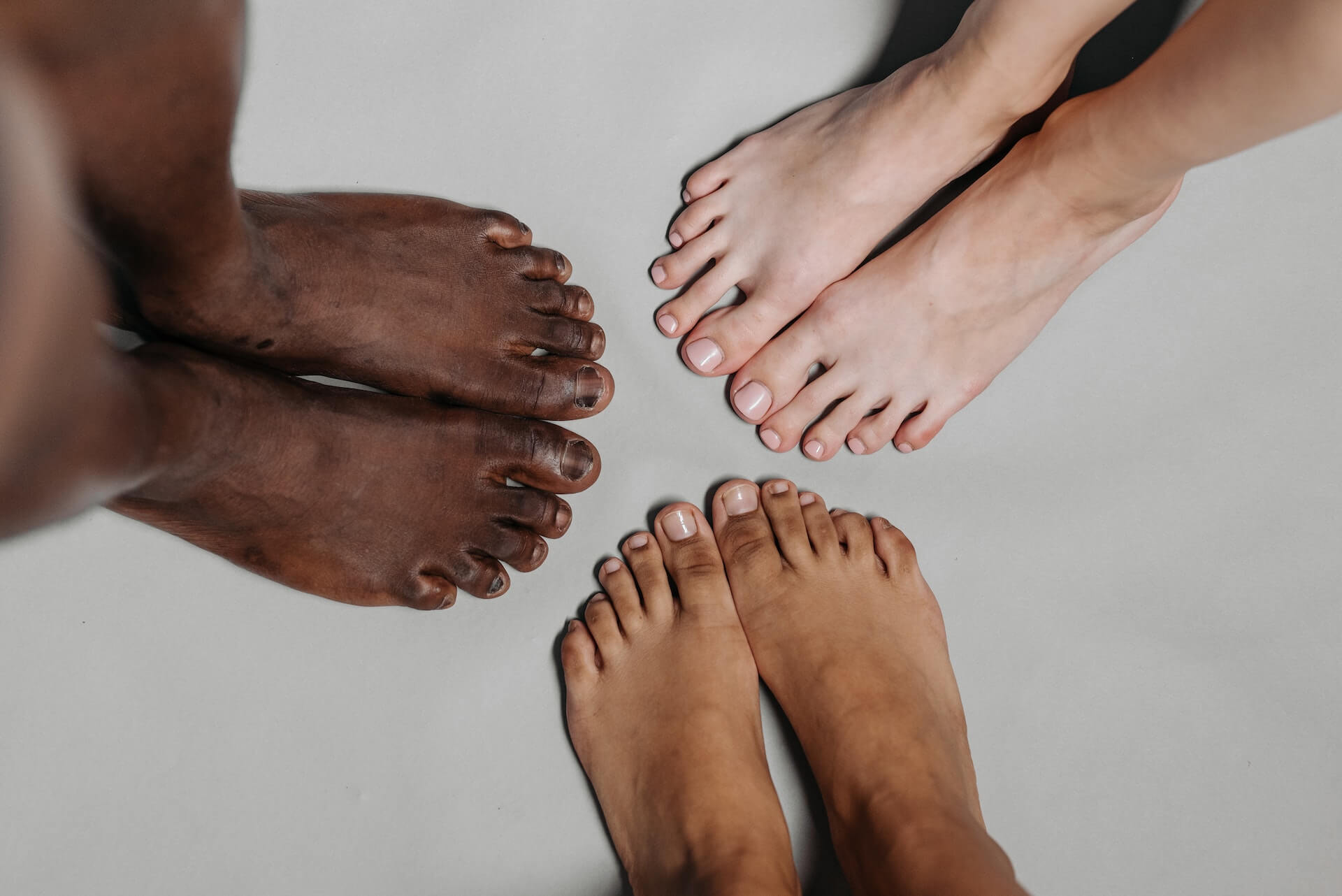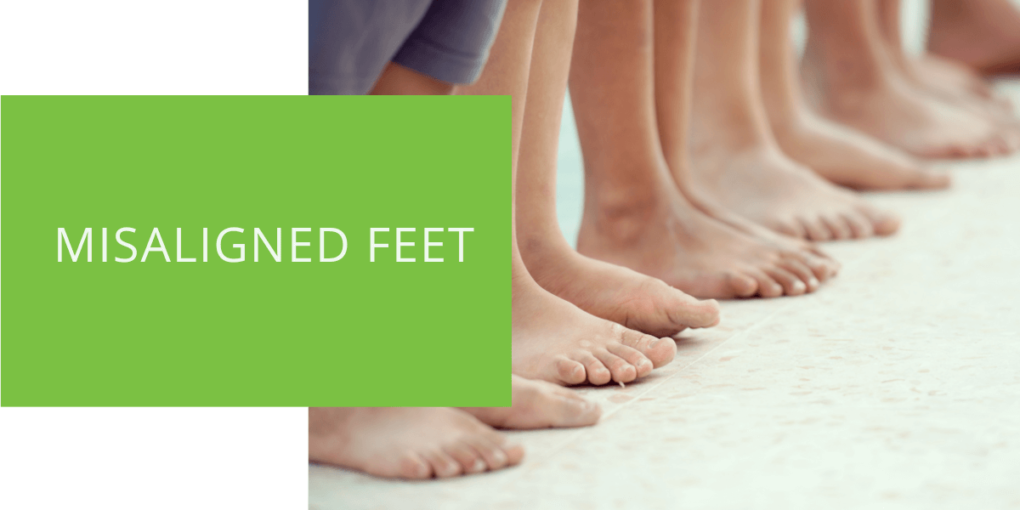Misaligned Feet: Causes and Treatments
Misaligned feet, also known as foot misalignment, refer to a condition in which the feet are not properly aligned with the ankles and legs. This can cause various foot and ankle issues, including foot pain, heel pain, and difficulty walking. It is important to address misaligned feet as they can lead to more serious health problems if left untreated. This article will discuss the causes of misaligned feet, treatment options, and prevention tips to help you maintain healthy, properly aligned feet and improve your overall health and well-being.
Causes of Misaligned Feet
Several factors can contribute to misaligned feet. These include:
Genetics
Some people are more prone to misaligned feet due to their genetics. This can include conditions such as flat feet or high arches, which can affect how the feet bear weight and move.
Poor Footwear
Wearing shoes that do not fit properly or provide adequate support can contribute to misaligned feet. Shoes that are too tight, loose, or high heels can put unnecessary strain on the feet and ankles, leading to misalignment.

Abnormal Walking Patterns
Certain walking patterns, such as overpronation (rolling the foot inward too much) or oversupination (rolling the foot outward too much), can lead to misaligned feet. This can be caused by various factors, such as muscle imbalances or structural issues in the feet or ankles.
Overuse Injuries
Engaging in activities that put excessive strain on the feet and ankles, such as running or playing sports, can lead to overuse injuries and misaligned feet. These injuries can occur gradually over time or as a result of a single incident.
Trauma or Injuries
Trauma or injuries to the feet and ankles, such as sprains or fractures, can cause misalignment. In some cases, misalignment can occur as a result of the injury itself, while in other cases, it can result from the body compensating for the injury.

Treatment Options for Misaligned Feet
There are several treatment options available for misaligned feet, including:
Orthotic Inserts
Orthotic inserts are special inserts placed inside the shoes to help correct foot alignment. They are often prescribed by podiatrists and can be customized to fit the individual's needs. Orthotic inserts can help to distribute body weight evenly across the feet, reducing stress on certain areas and helping to alleviate pain and discomfort.
Physical Therapy
Physical therapy can help to improve muscle imbalances and structural issues in the feet and ankles, leading to improved alignment. Physical therapy may include stretches, strengthening exercises, and other techniques to help stabilize and align the feet and ankles.
Stretching and Strengthening Exercises
Stretching and strengthening exercises can help to improve foot and ankle strength and stability, leading to improved alignment. These exercises may include calf stretches, toe stretches, and foot and ankle strengthening exercises such as balance exercises and exercises using resistance bands.
Surgery (in severe cases)
In severe cases, surgery may be necessary to correct misaligned feet. This may include bunion surgery, hammertoe surgery, or the insertion of a titanium stent known as a Hyprocure, which helps stabilize the sinus tarsi (a small channel located between the ankle bone and the heel bone).

Prevention of Misaligned Feet
Several steps can be taken to prevent misaligned feet:
Wearing Proper Fitting Shoes
Wearing shoes that fit properly and provide adequate support can help to prevent misaligned feet. This includes choosing shoes with a wide toe box to allow for proper toe movement and choosing shoes with a low heel to help distribute body weight evenly across the feet.
Stretching Regularly
Stretching the feet and ankles regularly can help to improve flexibility and reduce the risk of misaligned feet. This may include stretches such as calf stretches, toe stretches, and stretches for the Achilles tendon.
Maintaining a Healthy Weight
Carrying excess weight can put additional strain on the feet and ankles, leading to misalignment. Maintaining a healthy weight can help to reduce the risk of misaligned feet.
Seeking Treatment for Any Foot or Ankle Injuries Promptly
If you experience any foot or ankle injuries, it is important to seek treatment promptly. This can help to prevent misalignment and other complications from occurring.
Conclusion
Misaligned feet can lead to various foot and ankle issues, including foot pain, heel pain, and difficulty walking. Proper treatment and prevention can help to alleviate symptoms and prevent future problems. If you are experiencing foot or ankle issues, it is important to seek the advice of a podiatrist or other medical professional to determine the best course of treatment. By paying attention to foot alignment and seeking treatment when necessary, you can maintain healthy, properly aligned feet and improve your overall health and well-being.

